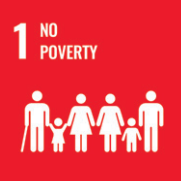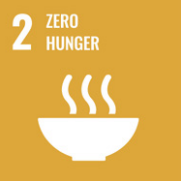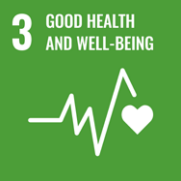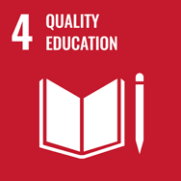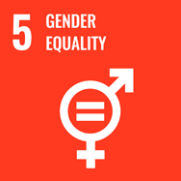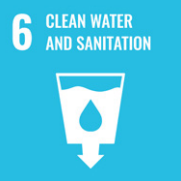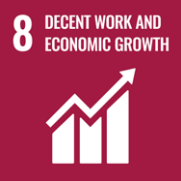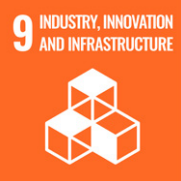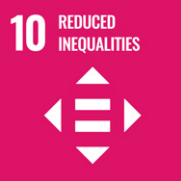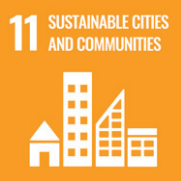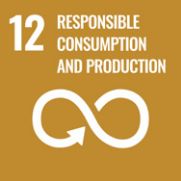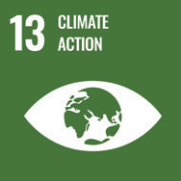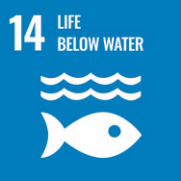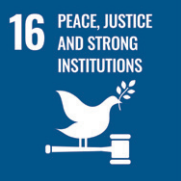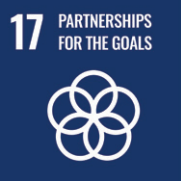SDG Goals
Life on Land
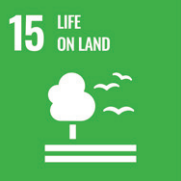
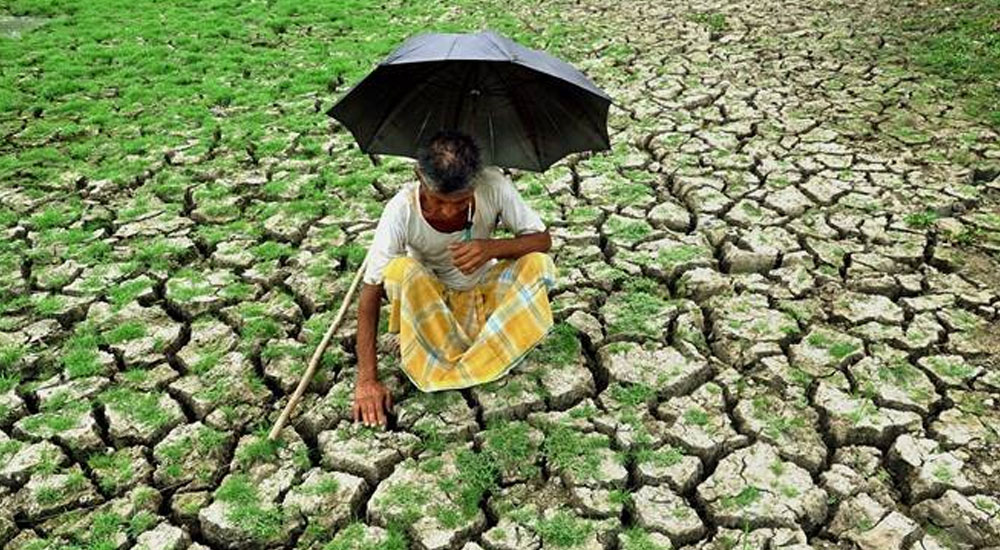
Goal 15: Life on Land
On the earth as much as the ocean for our sustenance and livelihoods, human life depends. We rely on agriculture as an important economic resource, where plant provides 80% of the human diet. The earth’s surface is covered by the 30% of the forests which provide important sources for clean air and water and provide vital habitats for millions of species, as well as being crucial for combating climate change.
The persistent degradation of drylands has led to the desertification of 3.6 billion hectares, where, 13 million hectares of forests are lost, every year. This is all affecting poor communities.
Biodiversity is still at risk, where 15% of the land is protected. It is witnessed that nearly 7,000 species of animals and plants have been illegally traded. Insecurity, fuels conflict and feeds corruption created by wildlife trafficking not only erode biodiversity.
In order to reduce the loss of natural habitats and biodiversity which are part of our common heritage and support global food and water security, climate change mitigation and adaptation, security, and peace, we must take urgent action.
Facts and Figures:
- 1 Around 1.6 billion people depend on forests for their livelihoods.
- 2 Forests are home to more than 80% of all terrestrial species of animals, plants and insects.
- 3 2.6 billion people depend directly on agriculture for a living.
- 4 Nature-based climate solutions can contribute about a third of CO2 reductions by 2030.
- 5 The value of ecosystems to human livelihoods and well-being is $US 125 trillion per year.
- 6 Mountain regions provide 60-80% of the Earth's fresh water.

